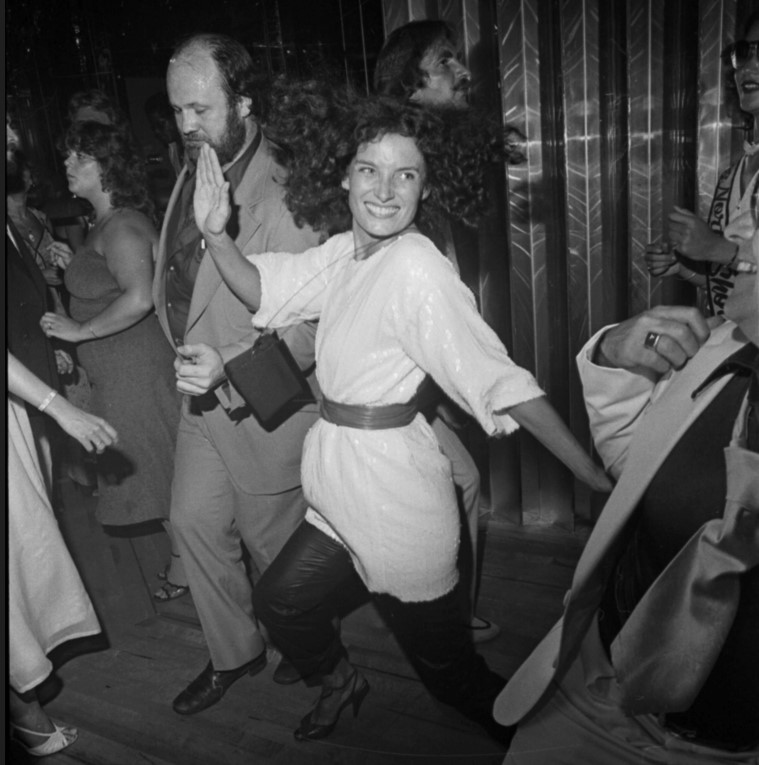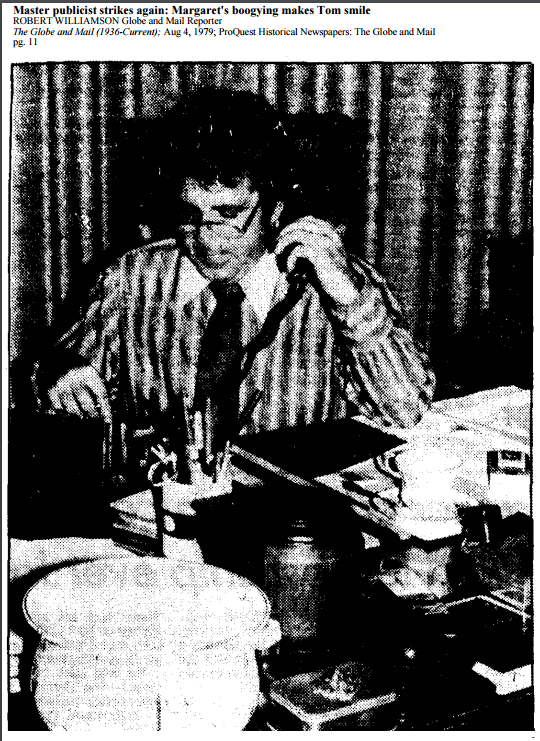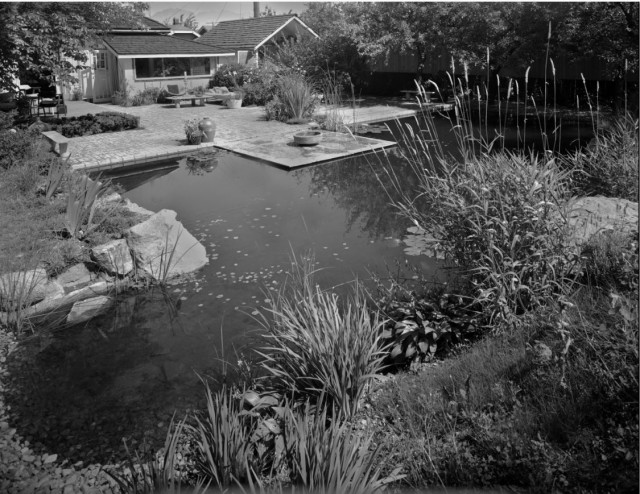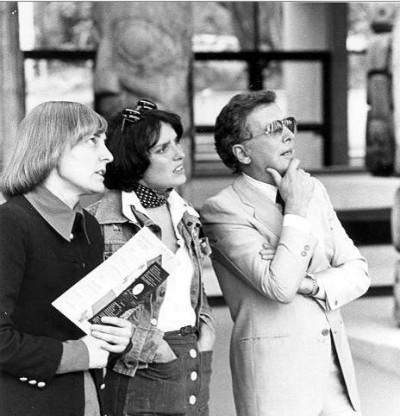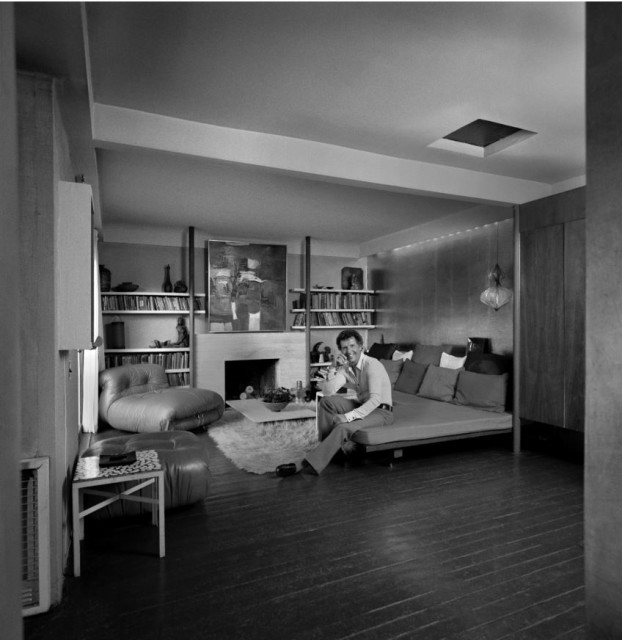It’s hard to fathom how anyone could think that a belly flop competition was a good idea, but Tom Butler did back in the ‘70s, and as it happens, it was.
From Vancouver Exposed: Searching for the City’s Hidden History
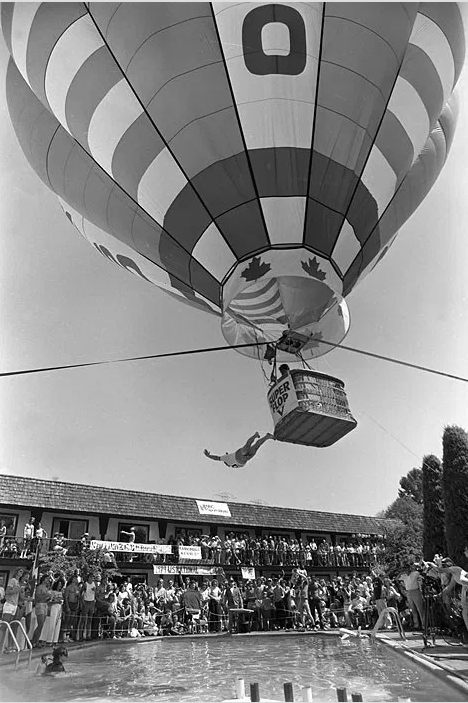
Stunts:
Former Sun reporter, turned PR guy, Butler was the master of the photo op. Having Margaret Trudeau turn up to the opening night of a small North Vancouver disco scored national attention for his client. He talked Neil Armstrong, the astronaut to come to Vancouver and open a revolving restaurant above the Sears Tower (now the Vancouver Lookout) and slapped on the slogan: “The restaurant that soars halfway to the moon in the night sky over Vancouver was opened by a man who went all the way.”
He borrowed a beaver from the Stanley Park zoo for a cross US tour to promote local tourism. According to a Globe and Mail story of 1979: “The beaver scrambled up the steps of San Francisco City Hall to be hugged by the mayor, and promptly committed an indignity of relieving itself.” The front-page caption in the next day’s paper was “Damn That Beaver.”
But back to belly flops.
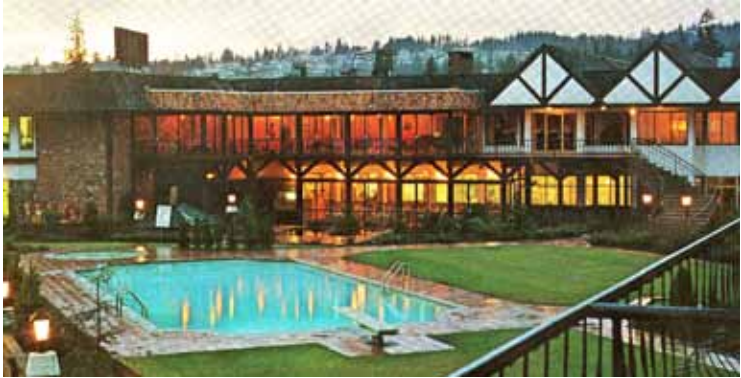
World Belly Flop and Cannonball Diving Championship:
Butler invented the World Belly Flop and Cannonball Diving Championship in 1974 to publicize the Bayshore Hotel’s new pool, and it quickly gained momentum and spread to the old Coach House Inn in North Vancouver. According to photographer John Denniston, the “event” drew in between three and four thousand spectators, entrants from Fiji and Japan, as well as US President Jimmy Carter’s brother Billy as a judge, and coverage from NBC television.
In 1976, the American Hotel and Motel Association recognized the belly-flop as North America’s best publicity stunt for that year.
“It’s something that is universally understood,” Butler told the G&M. “I mean, there’s no subtlety to it. But what else can a 300-pound truck driver do and get to have NBC declare that he’s champion of the U.S.A.?”
Miss 1979 Belly Flop
Miss 1979 Belly Flop was won by Christie Russell, a 26-year-old stripper who went by the stage name “Big Fanny Annie.”

Butler eventually retired to Prince Edward Island, and died in 2013. He was 79.
In his obituary, Ian Haysom mentions that he wrote an autobiography called PR Man. I haven’t been able to get hold of a copy, but it would be worth it just for this story.
“He brought Zsa Zsa Gabor to Vancouver for the opening of the Royal Centre shopping complex,” writes Haysom. “She was, he said, the most obnoxious personality he had ever met. ‘Imagine, if you will, spending four days minding someone else’s cranky brat going through the terrible twos’.”
The book apparently has a huge belly-flop contestant leaping off a springboard and the tagline: “A little song, a little dance, a little seltzer down your pants.” Let me know if you have a copy I can borrow.
© All rights reserved. Unless otherwise indicated, all blog content copyright Eve Lazarus.




